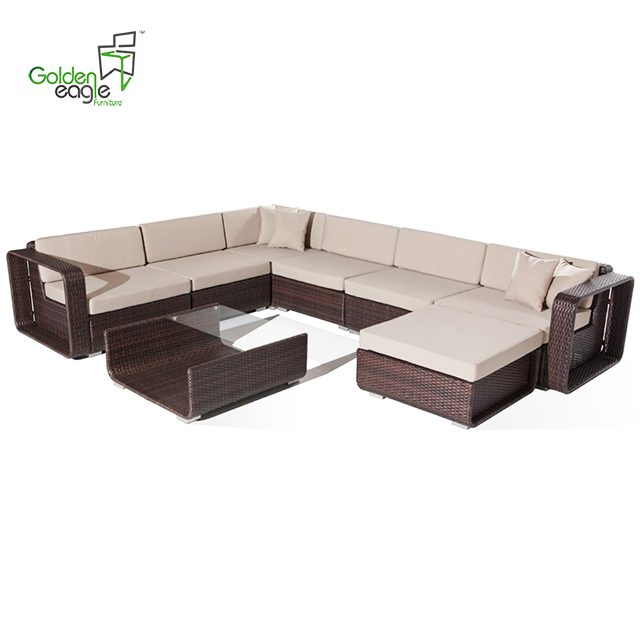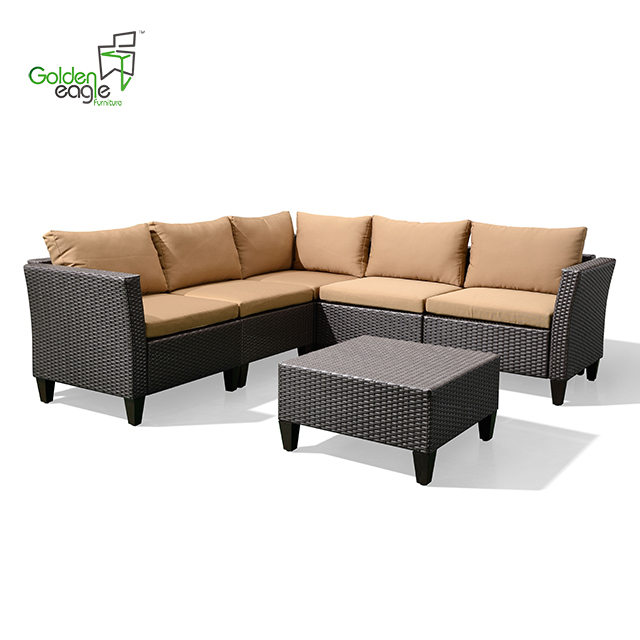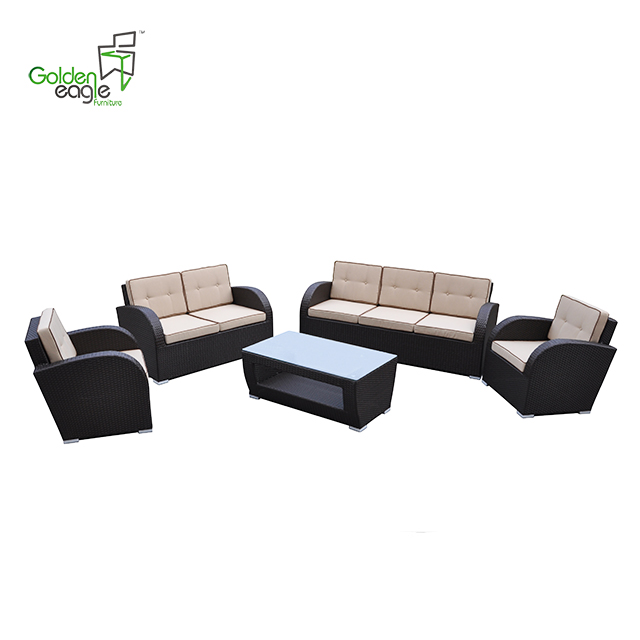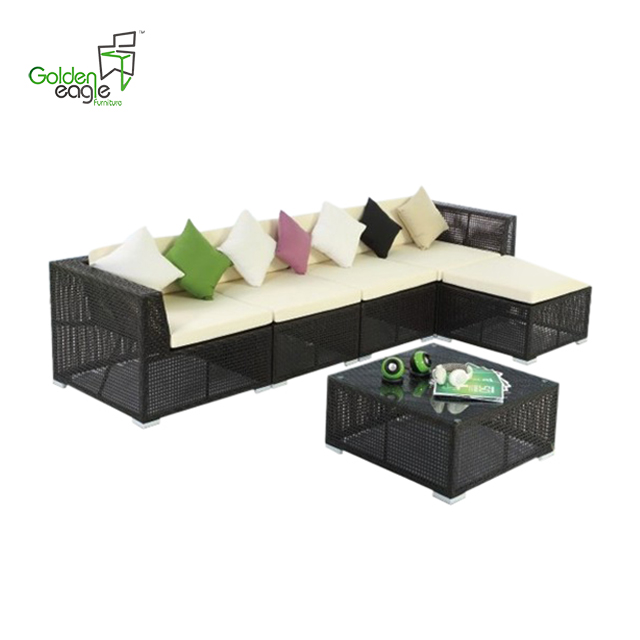The retina is a very thin layer of cells at the back of the eyeballs of vertebrates and some cephalopods. It converts light into neural signals, and the synaptic terminals of light receptors connect the horizontal and bipolar cells to each other. The release of the neurotransmitter glutamate (Glu) may regulate the process of photoreception, and the mechanism of this process has been controversial. Scientists at Wesleyan University and MBL used catfish retina horizontal cells as experimental materials to measure the proton (H +) flow velocity stimulated by various substances using non-invasive micro-measurement technology. Studies have found that the neurotransmitter Glu induces alkalization on the outer surface of the cell membrane. The size of the Glu effect is related to the extracellular buffer. The effect of AMPA / kainate receptor-activated kainate and NMDA receptor-activated D-methyl-aspartic acid is similar to that of Glu. The proton flow rate influenced by Kainate is inhibited by AMPA / kainite receptor inhibitor CNQX, and NMDA is terminated by NMDA receptor antagonist DAP-5. The activation of metabotropic glutamate receptors does not affect the flow of protons. Increasing extracellular K + or depolarization caused by applying a negative voltage directly through voltage clamps can cause alkalization on the cell membrane surface. The proton flow rate caused by depolarization can be suppressed by the L-type Ca2 + channel inhibitor 10µm nifedipine, and the plasma membrane Ca2 + / H + ATPase (PMCA) inhibitor carboxyeosin can also significantly reduce Glu-regulated H + changes.
Outdoor Modular Seating Furniture
Modular seating furniture that is section sofa or garden set sofa, semi-round design or round design, L design sofa and so on.
Relax and unwind in thick, all-weather seat and back cushions
· Handwoven premium resin wicker UV resistant
· Rust-resistant powder-coated frames
· Cushions included with 30 density sofa foam
· Versatile tempered glass tables
· Cushions also available with 100% waterproof fabric.
Outdoor modular seating furniture with different style and hand weaving
If you have any questions, please contact with us directly. Outdoor Sofa Furniture are produced
by Golden Eagle Outdoor Furniture With High Quality and Good Appearance. Welcome you can visit our Factory.For any inquiry,Please send mail directly to us.
Modular Seating Modular Seating,Wicker Sofa Set,Outdoor Sectional Sofa,Garden Outdoor Sofa Golden Eagle Outdoor Furniture Co., LTD. , https://www.geoutdoor.com




Depolarization and glutamate regulate extracellular alkalinization of catfish retina horizontal cells
The results of this study are consistent with the hypothesis of Glu-induced extracellular alkalization, which comes from the process of Ca2 + entering the cell caused by PMCA pump activation. This process may relieve the pressure of the photoreceptor neurotransmitter release, which is caused by the release of protons from the exocytosis of the photoreceptor synaptic terminal. Therefore, reducing the release of H + through the inhibition of Ca2 + channels is a way to study neurotransmitters in the future.
Keywords: glutamic acid, depolarization, protons, retina, horizontal cells, catfish